<< Other Photo Pages >> American Museum of Natural History (New York) - Museum in United States in New England
Submitted by bat400 on Thursday, 13 July 2017 Page Views: 13570
MuseumsSite Name: American Museum of Natural History (New York) Alternative Name: AMNHCountry: United States
NOTE: This site is 3.563 km away from the location you searched for.
Region: New England Type: Museum
Nearest Town: New York Nearest Village: Manhattan
Latitude: 40.780000N Longitude: 73.974W
Condition:
| 5 | Perfect |
| 4 | Almost Perfect |
| 3 | Reasonable but with some damage |
| 2 | Ruined but still recognisable as an ancient site |
| 1 | Pretty much destroyed, possibly visible as crop marks |
| 0 | No data. |
| -1 | Completely destroyed |
| 5 | Superb |
| 4 | Good |
| 3 | Ordinary |
| 2 | Not Good |
| 1 | Awful |
| 0 | No data. |
| 5 | Can be driven to, probably with disabled access |
| 4 | Short walk on a footpath |
| 3 | Requiring a bit more of a walk |
| 2 | A long walk |
| 1 | In the middle of nowhere, a nightmare to find |
| 0 | No data. |
| 5 | co-ordinates taken by GPS or official recorded co-ordinates |
| 4 | co-ordinates scaled from a detailed map |
| 3 | co-ordinates scaled from a bad map |
| 2 | co-ordinates of the nearest village |
| 1 | co-ordinates of the nearest town |
| 0 | no data |
Internal Links:
External Links:
I have visited· I would like to visit
DrewParsons would like to visit
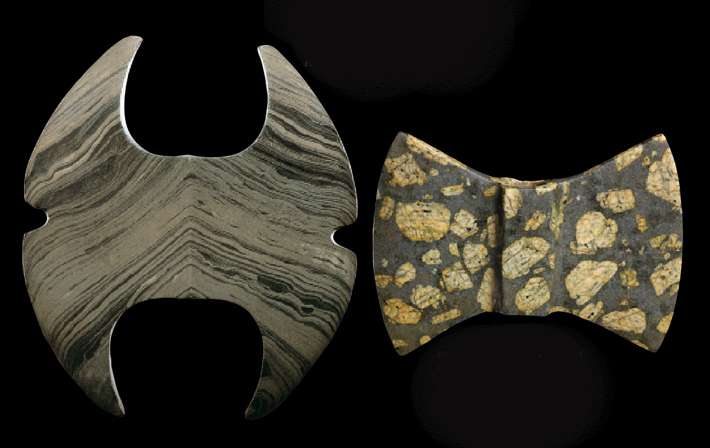
It is notable for its halls of Human Origins and Cultures, spanning the human cultures from prehistory to historic indigenous cultures. The artifacts and displays are presented in a variety of ways including exhibits, miniature and full scale dioramas.
These are (taken from Wikipedia):
Cultural halls
*Stout Hall of Asian Peoples. There are two sections: Ancient Eurasia, devoted to the evolution of human civilization, and Traditional Asia, containing cultural artifacts from across the Asian continent. The latter section is organized to geographically correspond with two major trade routes of the Silk Road. Notable exhibits include reproductions from Teshik-Tash and Çatalhöyük.
*Hall of African Peoples. Each section presents artifacts and exhibits of the peoples native to major ecosystems throughout Africa. Each type of society is presented in a historical, political, spiritual, and ecological context.
*Hall of Mexico and Central America. It presents archaeological artifacts from a broad range of pre-Columbian civilizations that once existed across Middle America, including the Maya, Olmec, Zapotec, and Aztec. Notable artifacts on display include the Kunz Axe and a full-scale replica of Tomb 104 from the Monte Albán archaeological site.
*Margaret Mead Hall of Pacific Peoples.
*Hall of Northwest Coast (North America) Peoples. Featured prominently in the hall are four "House Posts" from the Kwakwaka'wakw nation.
*Hall of Plains (North America) Peoples. Of particular interest is a Folsom point discovered in 1926 New Mexico, providing valuable evidence of early American colonization of the Americas.
*Hall of Eastern Woodlands (North America) Peoples. Details the lives and technology of traditional Native American peoples in the woodland environments of eastern North America.
Human origins halls
*Bernard and Anne Spitzer Hall of Human Origins. At the time of its original opening in 1921 it was the only major exhibition in the United States to present an in-depth investigation of human evolution. Many of the celebrated displays from the original hall can still be viewed in the present expanded format. These include life-size dioramas of our human predecessors Australopithecus afarensis, Homo ergaster, Neanderthal, and Cro-Magnon, showing each species demonstrating the behaviors and capabilities that scientists believe they were capable of. Also displayed are full-sized casts of important fossils, including the 3.2-million-year-old Lucy skeleton and the 1.7-million-year-old Turkana Boy, and Homo erectus specimens including a cast of Peking Man. The hall also features replicas of ice age art found in the Dordogne region of southwestern France. The limestone carvings of horses were made nearly 26,000 years ago and are considered to represent some of the earliest artistic expression of humans.
Only a small fraction of the collection is on display at any given time, including a very large collection of stone tools. Unfortunately, very few of these can be seen in the digital collections database at this time.
Official Website: http://www.amnh.org/
Note: Why did prehistoric Native Americans fashion the enigmatic objects known as bannerstones? See the comment on our page
You may be viewing yesterday's version of this page. To see the most up to date information please register for a free account.
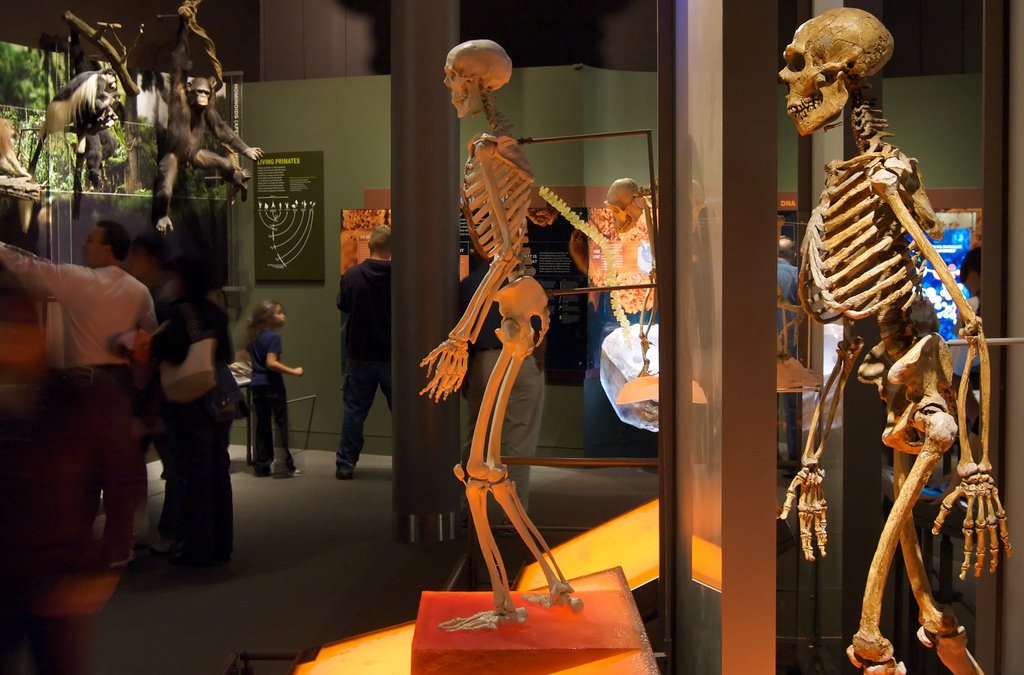
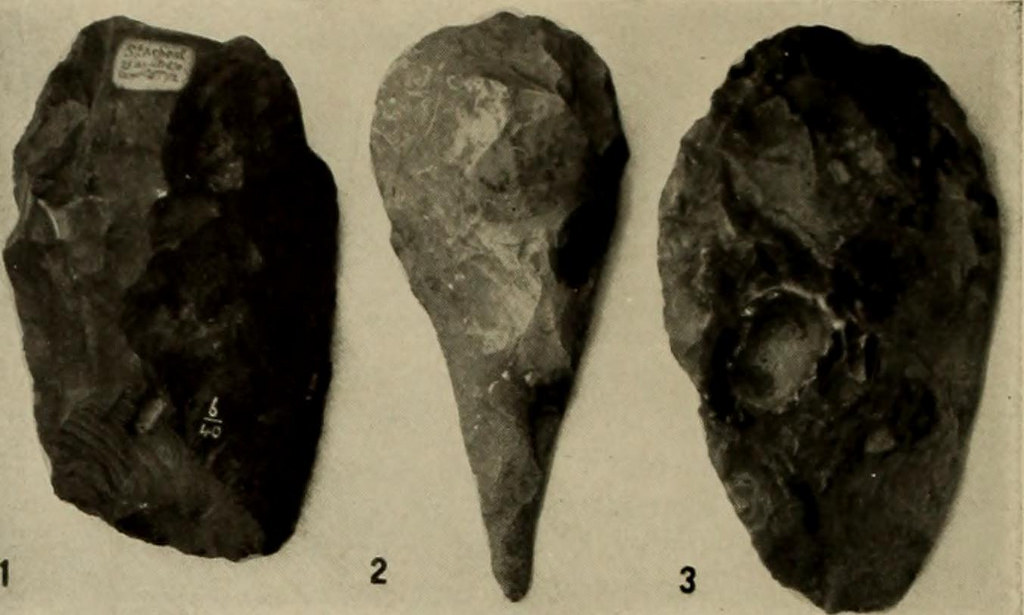
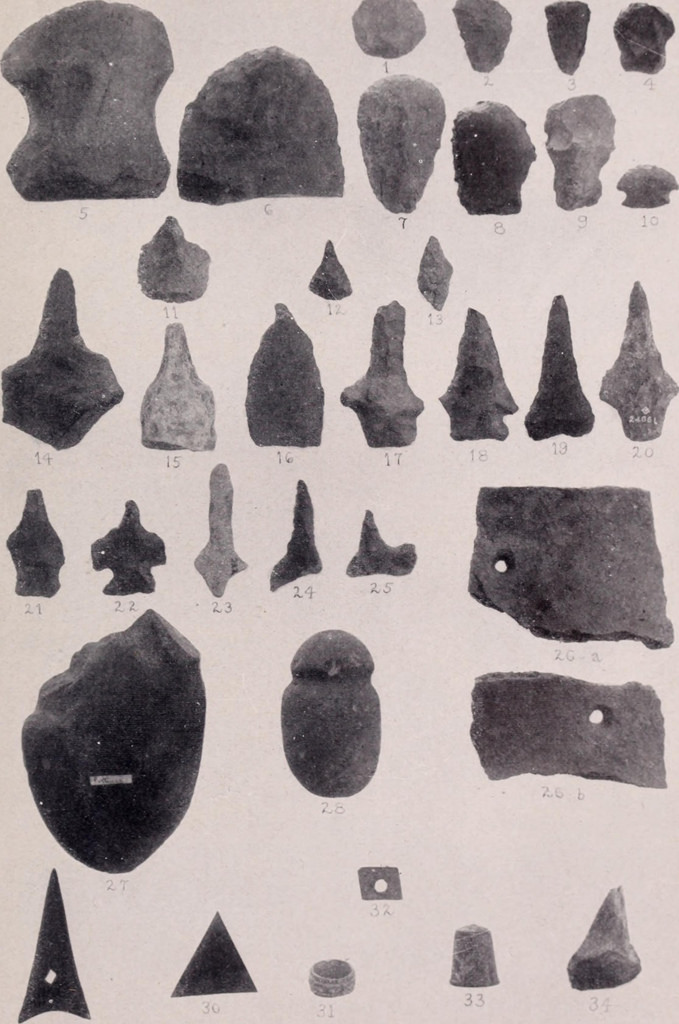
Do not use the above information on other web sites or publications without permission of the contributor.
Click here to see more info for this site
Nearby sites
Click here to view sites on an interactive map of the areaKey: Red: member's photo, Blue: 3rd party photo, Yellow: other image, Green: no photo - please go there and take one, Grey: site destroyed
Download sites to:
KML (Google Earth)
GPX (GPS waypoints)
CSV (Garmin/Navman)
CSV (Excel)
To unlock full downloads you need to sign up as a Contributory Member. Otherwise downloads are limited to 50 sites.
Turn off the page maps and other distractions
Nearby sites listing. In the following links * = Image available
725m E 93° New York Cleopatra's Needle* Standing Stone (Menhir)
911m E 93° Metropolitan Museum of Art* Museum
3.4km ESE 116° Noguchi Humming Stone (Summstein) Modern Stone Circle etc
9.1km SSW 202° National Museum of the American Indian* Museum
38.2km NNE 17° Glacial Erratic, Rockefeller State Park Preserve* Natural Stone / Erratic / Other Natural Feature
39.9km WNW 299° Tripod Rock* Natural Stone / Erratic / Other Natural Feature
70.3km NNE 29° North Salem Dolmen* Natural Stone / Erratic / Other Natural Feature
72.4km W 277° Hackettstown Ceremonial Stone Landscape* Cairn
79.5km NNE 12° Forest ct Stones* Modern Stone Circle etc
84.1km NNE 17° Ludingtonville stones* Modern Stone Circle etc
84.1km NNE 12° Stormville Structure* Modern Stone Circle etc
85.0km WSW 254° Quakertown Bedrock Mortar Museum
100.2km WSW 256° Ringing Rocks* Natural Stone / Erratic / Other Natural Feature
104.4km W 265° Lenape Nation Cultural Center and Trading Post Museum
104.6km W 279° Columcille Megalith Park* Modern Stone Circle etc
106.5km NE 56° Connecticut Seid* Natural Stone / Erratic / Other Natural Feature
110.8km WSW 242° Bucks County PA Sacred Ceremonial Stone Landscape* Standing Stones
111.8km W 271° Jacobsburg Stone Skull* Rock Art
116.7km WNW 285° Scotrun* Round Cairn
131.8km N 360° The King Stones Stone Circle
132.1km W 260° Museum of Indian Culture* Museum
132.3km WSW 257° Vera Cruz Quarry Pits* Ancient Mine, Quarry or other Industry
138.4km SW 229° Penn Museum* Museum
141.4km NNE 20° Giant's Thumb and mound* Standing Stone (Menhir)
145.3km WSW 258° Oley Hills* Cairn
View more nearby sites and additional images
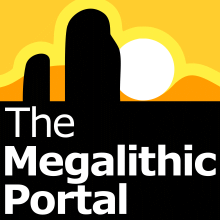

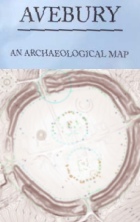
 We would like to know more about this location. Please feel free to add a brief description and any relevant information in your own language.
We would like to know more about this location. Please feel free to add a brief description and any relevant information in your own language. Wir möchten mehr über diese Stätte erfahren. Bitte zögern Sie nicht, eine kurze Beschreibung und relevante Informationen in Deutsch hinzuzufügen.
Wir möchten mehr über diese Stätte erfahren. Bitte zögern Sie nicht, eine kurze Beschreibung und relevante Informationen in Deutsch hinzuzufügen. Nous aimerions en savoir encore un peu sur les lieux. S'il vous plaît n'hesitez pas à ajouter une courte description et tous les renseignements pertinents dans votre propre langue.
Nous aimerions en savoir encore un peu sur les lieux. S'il vous plaît n'hesitez pas à ajouter une courte description et tous les renseignements pertinents dans votre propre langue. Quisieramos informarnos un poco más de las lugares. No dude en añadir una breve descripción y otros datos relevantes en su propio idioma.
Quisieramos informarnos un poco más de las lugares. No dude en añadir una breve descripción y otros datos relevantes en su propio idioma.